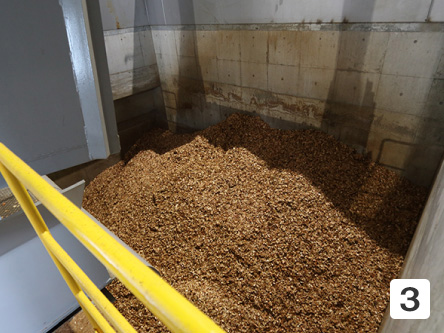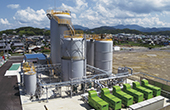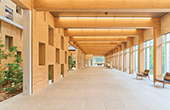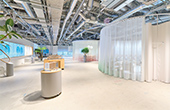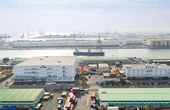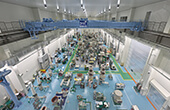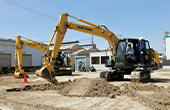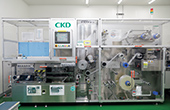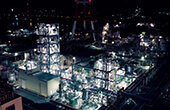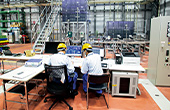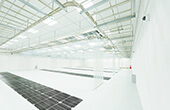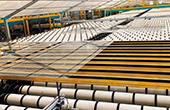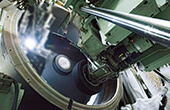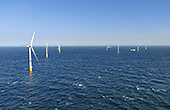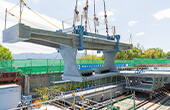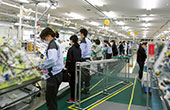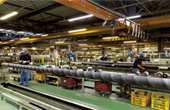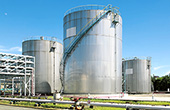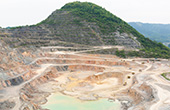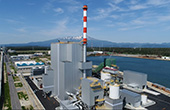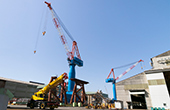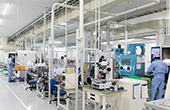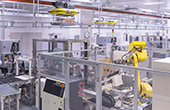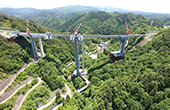Ever since the selection of Summit Sakata Power as our next destination, Mr. Tsuboi had been excited at the prospect of seeing the inside of a biomass power plant. Indeed, all of us were keenly anticipating the visit.
As Mr. Tsuboi describes in his article, we were all struck by the extraordinary quantity of wood chips needed to fuel the massive circulating fluidized bed boiler that keeps the generator running at full tilt.
On the return journey following the visit to the plant, Mr. Tsuboi commented that he was as impressed by the people involved in the operation as he was by the power generation system itself. “The operators, many of whom are recruited locally, show outstanding commitment to environmentally friendly power generation. Mr. Takase, president of Summit Sakata Power, offers inspiring leadership. Individuals and businesses in the region are happy users of the green electricity. What’s more, the plant occupies a special place in the affections of people in the community, enjoying the wholehearted support of local companies and local residents alike. Mr. Takase and his team reach out to stakeholders, communicating with them so as to cultivate fruitful relationships.”
In fact, to help us accurately present the biomass power generation system in illustrations and text, Mr. Takase kindly let the interview continue for an extra 30 minutes, despite having another appointment immediately afterward. He explained the system in detail until we had a good grasp of it. Mr. Takase’s enthusiasm for the plant was evident and we are grateful to him for sharing his time and knowledge with us.


 EN
EN







